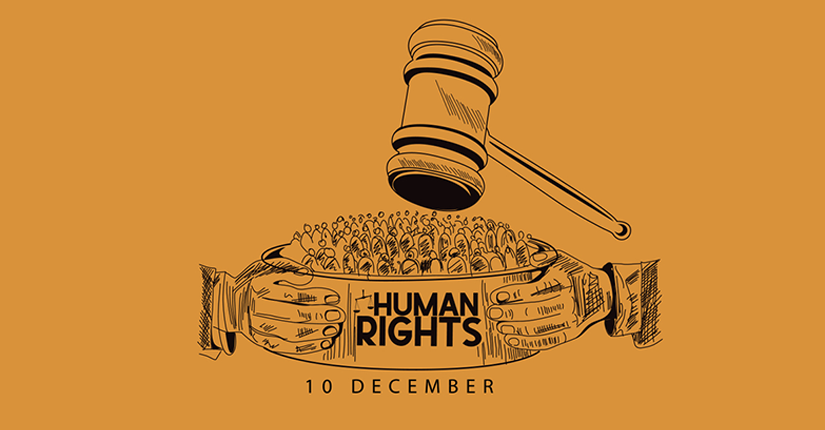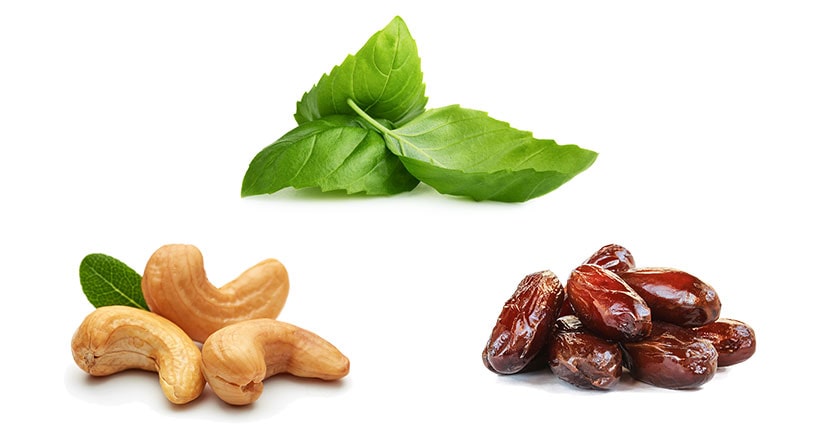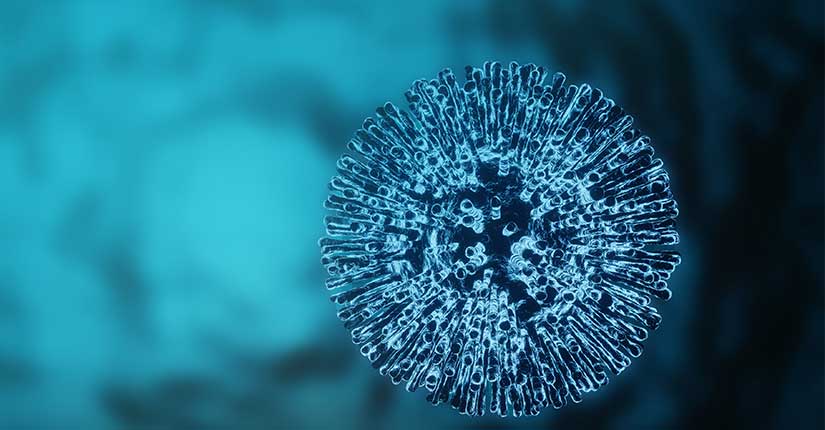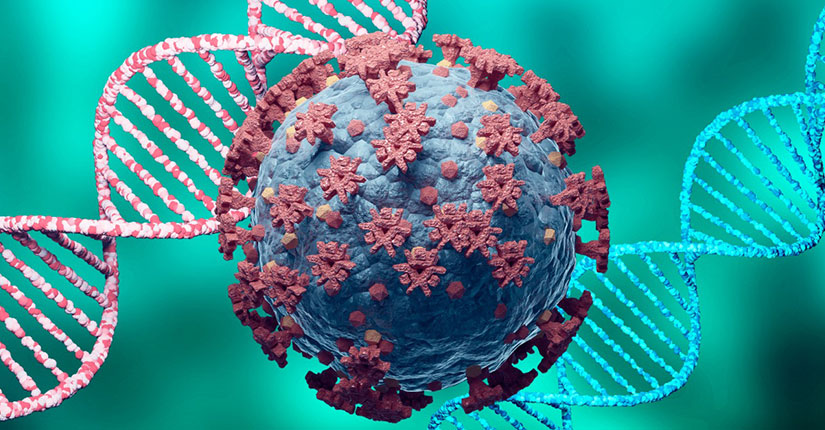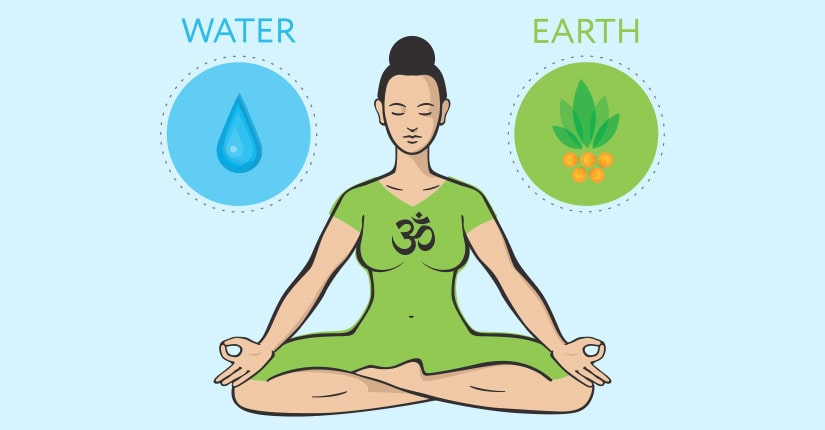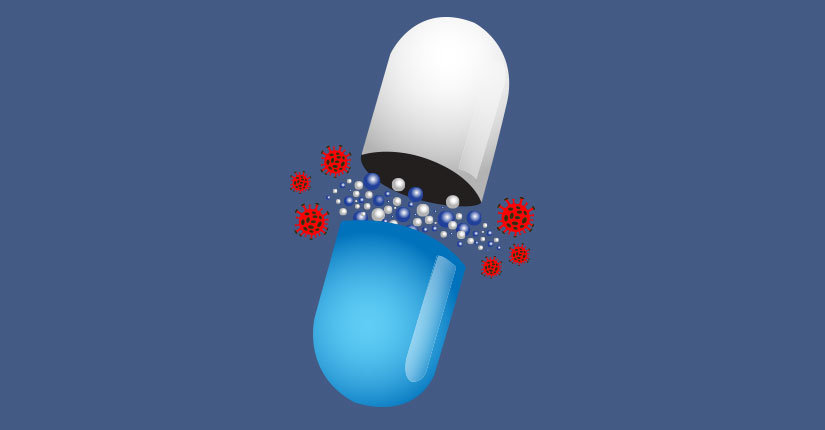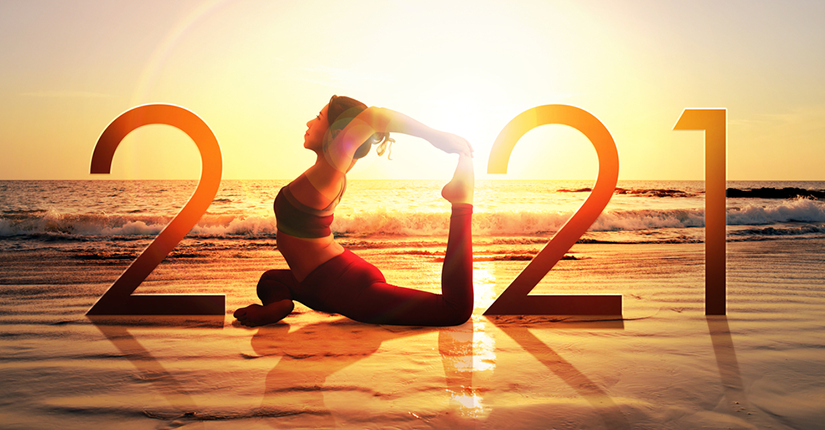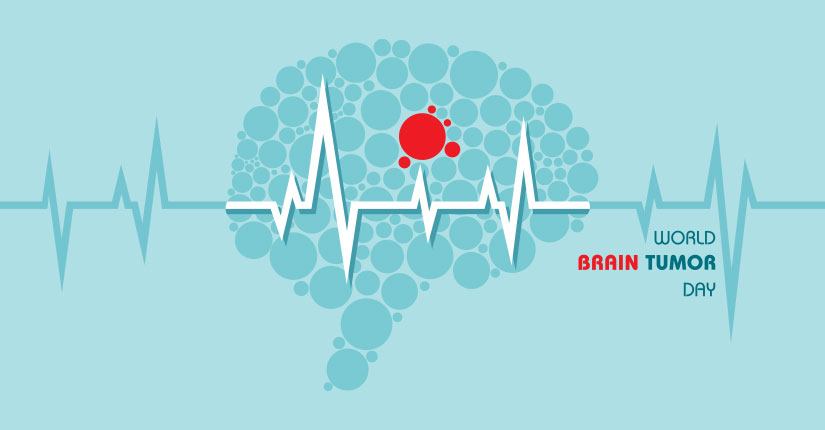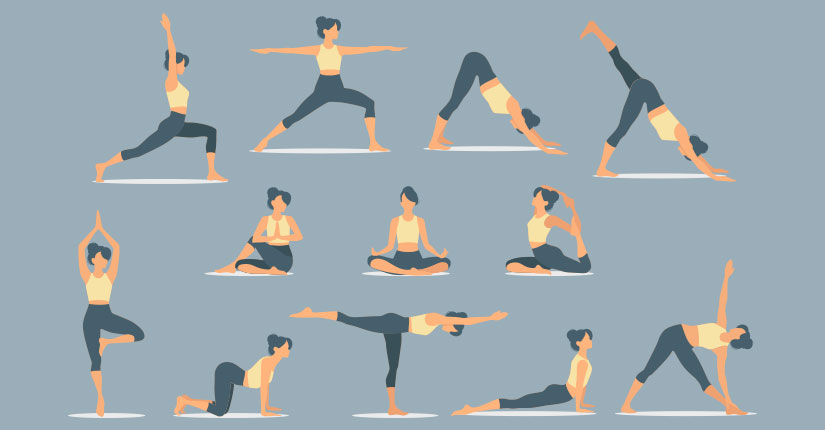WHO Tweeted About Simple Steps To Lower The Risk Of Developing Skin and Eye Disease
By Nmami Agarwal 24-Jun 2022 Reading Time: 4 Mins
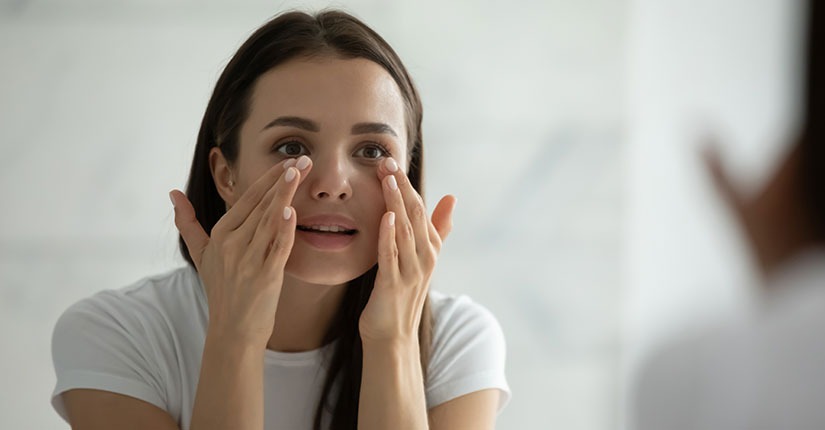
Everyone is exposed to UV radiation from the sun and an increasing number of people are exposed to artificial sources used in industry, commerce and recreation. The sun is by far the strongest source of ultraviolet radiation in our environment. Solar emissions include visible light, heat and ultraviolet (UV) radiation. Just as visible light consists of different colors that become apparent in a rainbow, the UV radiation spectrum is divided into three regions called UVA, UVB, and UVC. As sunlight passes through the atmosphere, all UVC and most UVB is absorbed by ozone, water vapour, oxygen and carbon dioxide. UVA is not filtered as significantly by the atmosphere.
UV damage is mostly avoidable. The rise in the incidence of skin cancers over the past decades is strongly related to increasingly popular outdoor activities and recreational exposure. Overexposure to sunlight is widely accepted as the underlying cause of harmful effects on the skin, eye and possibly the immune system. Many people consider intensive sunbathing to be normal – even if their skin doesn’t. A tan may be cosmetically desirable and has established itself as a symbol of attractiveness and good health. But there is nothing healthy about a tan! It results from your skin trying to prevent further damage. Experts believe that four out of five cases of skin cancer could be prevented. And adopting simple precautions can make all the difference!
Much of UV-related illness and death can be avoided through a set of simple prevention measures:
- Limit time in the midday sun
- Seek shade when UV rays are most intense
- Wear protective clothing, hats, and sunglasses
- Use a broad-spectrum sunscreen for sun protection
The SunSmart Global UV app provides five-day UV and weather forecasts at searchable locations. It highlights time slots when sun protection is required with the aim of helping people around the world know when to use sun protection, in an effort to reduce the global burden of skin cancer and UV-related eye damage. Everyone needs some sun, mainly for the production of vitamin D which helps to prevent the development of bone diseases such as rickets, osteomalacia, and osteoporosis. But too much sun can be dangerous – and even deadly. The summer months hide real danger.
Over To You:
Protecting children from extended periods in the sun is particularly important as excessive sun exposure during these early years can significantly increase the risk of UV-related diseases later in life.

